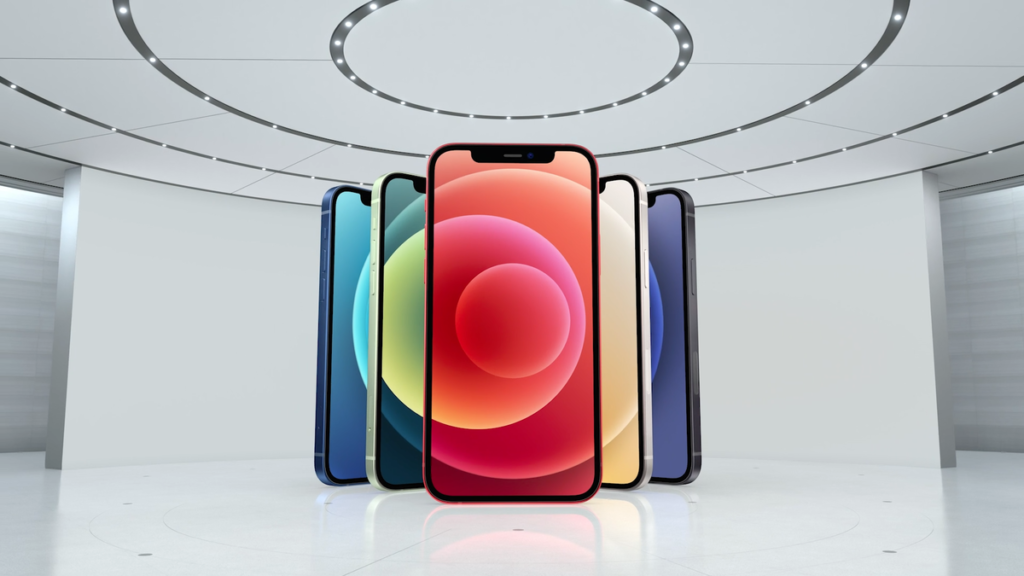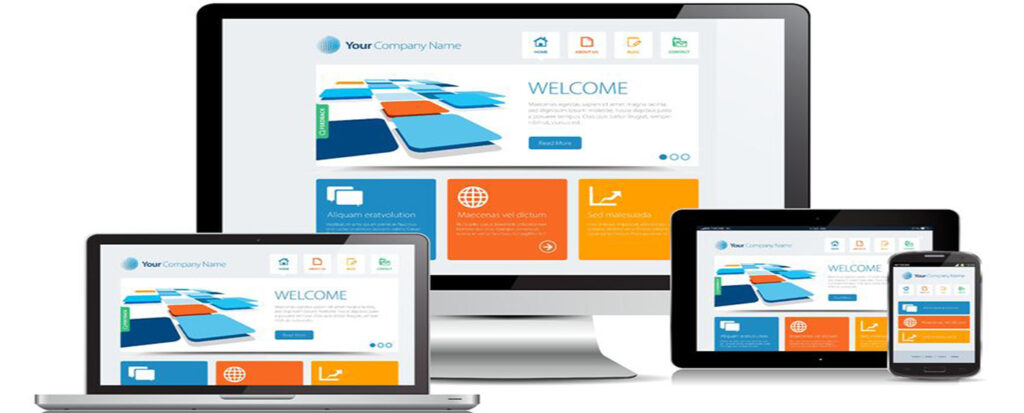On October 13, Apple launched its new line of products- the iPhone 12, 12 Mini, and 12 Pro. As alluring as the new Apple design is, what immediately grabs eyeballs is the entry of 5G with the partnership with telecom giant Verizon. The future certainly looks promising and this isn’t the first time that device manufacturers and telecom carriers have come together to present something that not only elevates the device user experience but also to simplify the entire device procuring and upgrading experience.
The upside of leasing

Device leasing is one of the most popular ways users rely on to acquire the latest and the best technology- be it for smartphones or other devices such as laptops. Especially when it comes to smartphones, however, the combination with telecom carriers makes for the perfect ‘device leasing’ scenario.
For the users, leasing is one of the best ways to get hold of the latest technology with minimum upfront costs. Although for long time leases, the users end up paying a premium price, often equal to purchasing the device, the telecom carriers have their cake and can eat it too.
The tech-savvy users can practically get the best of the tech with optimum telecom services at a lower upfront cost and upgrading to the newest phone whenever it is launched is easy, effortless, and cost-effective. Telecom carriers have upsides to it too, first off, to engage with a customer with device leasing simply means the user will stay with the telecom operator as long as the device lease is valid. The customer acquisition cost further goes down when the telecom carrier partners with a device manufacturer like Apple. The average revenue per user is higher for leasing devices as opposed to simply providing telecom services.
And yet the telecom carriers across the globe do not opt for the leasing model. Leasing is popular in several developed geographies whereas, in the developing geographies, the telecom carriers are not fully convinced. Here’s why…
Concerns of telecom carriers in device leasing
The first and foremost concern that any telecom carrier, irrespective of the geographical location has is customer retention. The customers will stick around with the telecom operator as long as the device lease is continued. If the end-user prefers to buy out or when the lease comes to an end, there’s no guarantee that the user will continue with the same telecom carrier. Especially when the device lease is structured in a way that the user becomes the owner of the device after a certain time or a certain number of payments, the device and telecom tie is not necessarily respected.

Furthermore, the primary concern of the telecom carriers operating in countries with no credit score system or highly fragmented financing is payment remittance. With no credit score, financial background verification, and other checks in place, ensuring that the leasing EMI is paid and on time is difficult. Imagine having to bear the losses for telecom services along with the device costs in case of non-payment! The lack of a streamlined payment logging system is of course what holds back telecom carriers from leasing the devices.
The next and most obvious is the device recovery. Operating with a chain of device recovery agents, quickly recovering the devices where the users fail to pay their leasing fees, and refurbishing the device to make it suitable for reuse is a mountain task that not all telecom carriers are willing to take. The ability to remotely block access of remotely operating leased devices that present defaulter payment status is a critical missing hook.
The future…
Device leasing and HaaS (hardware as a service) seem to be an integral part of the ‘everything as a service’ phenomenon in the tech industry. Telecom carriers can shed their apprehensions against leasing away with the help of dedicated software for device leasing and payment remittance and get hold of a huge untapped market that awaits for a fantastic smartphone + network coalescence.
About the author
Renuka Shahane is a Sr. Content Writer at Nuovopay & Scalefusion. An engineering graduate, an Apple junkie, and an avid reader, she has 5+ years of experience in content creation, content strategy, and PR for technology and web-based startups.














